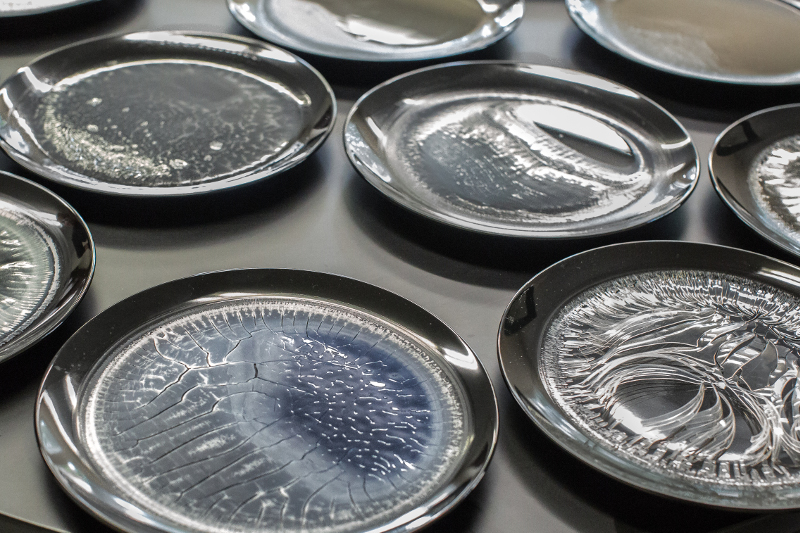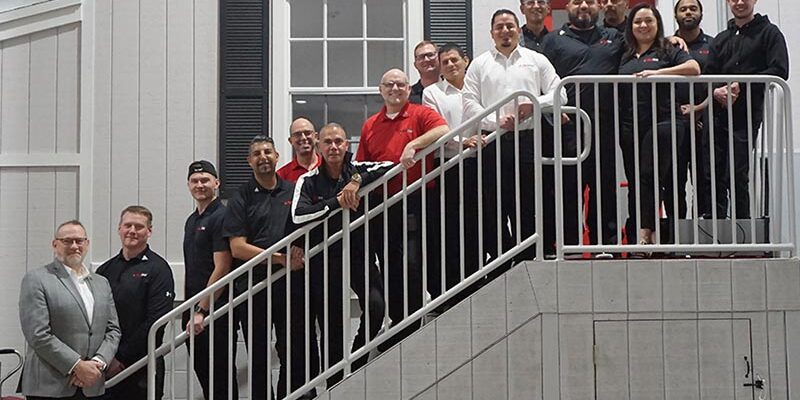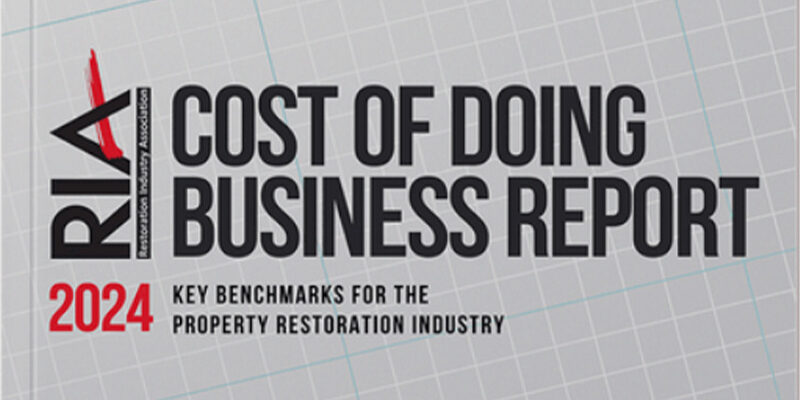What’s Left Behind

Back in July, the exciting news headline was “Breaking: Earth’s First Ever Sighting of Pluto!” We know it was really more accurately the first close look at Pluto, and even the casual observer thought it was interesting just looking at the pictures.
Likewise, encapsulation pictures, of course, have circulated for a long time, so this story is not new, but it may be one of the first times that 20 products were dried out and examined next to each other.
Similar to the casual observer viewing Pluto pictures and making observations, the following study’s observations were performed by one not toting a science background or even claiming technical expertise.
The process
- Assemble 20 different encapsulation products.
- Pour 8 ounces of each product onto a black 10.5-inch plate (Image 1).
- Set up a dehumidifier, and wait for the products to dry out.
Note: The products used in this article will not be revealed, as it is not the intent to either advertise or demean any product. However, the products used are some of the most wildly used and promoted products in the industry, including some specialty products with varying pH levels.
Click below to view images associated with this article.
- Image 1
- Image 2
- Image 3
- Image 4
- Image 5
- Image 6
- Image 7
- Image 8
- Image 9
- Image 10
- Image 11
The observations
The author and four others, no one with any real technical background, viewed the results in person (plus the postman when he was delivering the mail). The author is the exclusive holder of most opinions contained in the article.
Initial
While 8 ounces was a lot of product to pour onto each plate, it was chosen based on the fact that almost all the products call for 8 ounces per gallon.
The dehumidifier kept the room’s humidity at about 40 to 45 percent with a temperature around 72 degrees. It took two to three days for all products to completely dry out.
The products and plates were each marked to keep track. The first thing noticed was the products all had different colors and fragrances (Image 2). This observation would remain the main theme — every product was different, making it difficult to categorize them.
To many, these differences might sound fine, but encapsulation is now a technically recognized method, even by the mills themselves.
Almost every carpet mill now says, for interim/periodic cleaning, encap is acceptable. Maintenance instructions directly from the mills say to use an encapsulation product, vacuum it out and, every so often, extract. All encap product labels repeat the same instructions: Prespray, agitate and, when dry, vacuum.
After drying
When dry, the products seemed to fit best into two general groups.
Group I: The product had separated from the plate and the particles were hard. The dry product colors appeared in two ways:
- White to brown (Images 3 and 4),
- Clear (Image 5).
Group II: The product was stuck to the plate and shown different colors. The “sticking” occurred in two ways:
- Hard but stuck (Image 6),
- Tacky to downright glue-like (Images 7 and 8).
As would be expected, Group I simply brushed off the plate (Image 9).
I expected Group II products to scrap off with a bit of effort and still hard. This occurred with some Group II products (Image 10).
Others unexpectedly went from tacky to a very ugly brown paste that all the vacuuming in the world would never take off (Image 11).
Have you drawn any conclusions of your own at this point?
The point of this article is not to put down encapsulation, as the author personally loves the method and will continue using it in the coming years. The point is our industry needs more checks and balances from both the product manufacturers and carpet mills.
We know it’s about money, and none of us are embarrassed to say it: Product manufacturers are not in this business to play; they need to make money. For the mills, cleaning is a necessity they wished they did not have to deal with and need more and better input from real carpet cleaners who love what they do.
Conclusions
Where does this leave us? Certainly many of these products do not meet the definition of an encap. Some of them do not even get hard; they turn to “goo” yet carry CRI approval on the label. Design for the Environment labeling is on several. Others carry green accreditation; all of them say on the label they will crystalize when dry and vacuum out.
Carey Mitchell, when he was still with Shaw, presented a study on the continued use of a product that sticks the dirt to the fiber over and over with each encapping. The test found the carpet would dull out and need full restoration over time. What happens when our sticky, white, brown and green products are layered onto the carpet?
Not one test, to this author’s knowledge, has ever been performed, first to see how much encapsulation product comes out of the carpet and, second, how much soil comes with it — not a single one by product manufacturers or the carpet mills.
In our experiment, we observed three products by the same manufacturer each of which acted differently when dry.
The main point
Let’s get all of our products to turn hard and clear when they dry so they do not attract soil. This should go for truckmounts as well. Then let’s verify the claims of removal by vacuuming.
Fred Geyen is president of the Geyen Group (www.GeyenGroup.com). His background includes commercial product sales and program development for residential, commercial and disaster restoration with ServiceMaster. He has a Leadership in Energy and Environmental Design Accredited Professional (LEED-AP) designation and is on the board of directors with the LMCCA. Geyen can be contacted at (612)799-5111.























